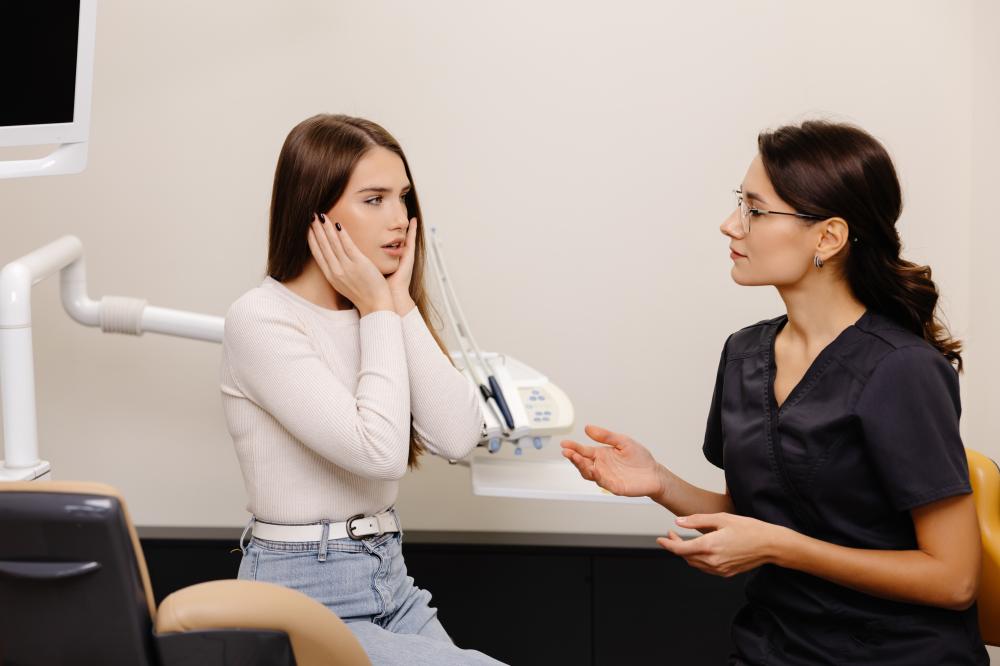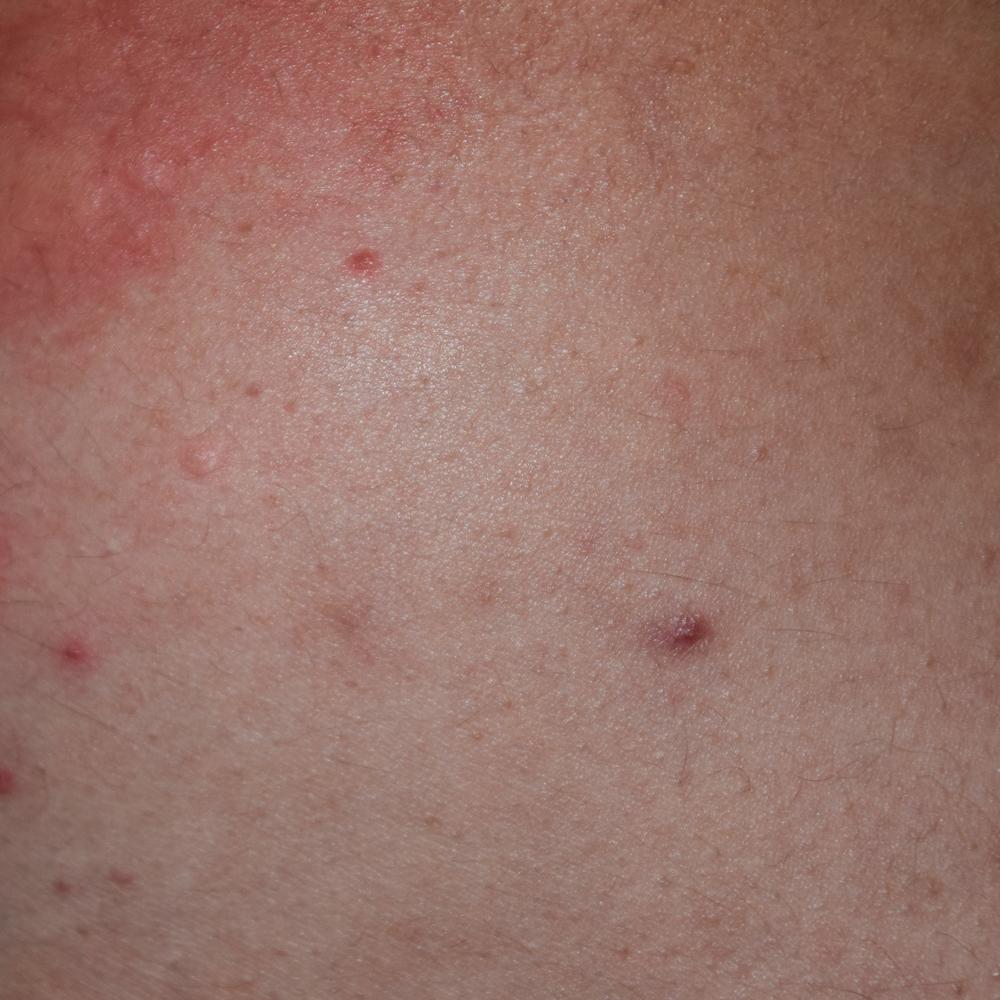Roles and Expertise of a Melbourne Squamous Cell Dermatologist
In the vibrant city of Melbourne, a squamous cell dermatologist serves as a crucial guardian of skin health. With extensive expertise, these specialists diagnose and treat squamous cell carcinoma, the second most common form of skin cancer. Their role involves meticulous examination and identification of lesions, leveraging advanced techniques including dermatoscopy and biopsy for accurate diagnosis.
The Melbourne Squamous Cell Dermatologist is integral in managing patient care by considering individual skin types and histories, which can affect treatment approaches. They provide comprehensive care plans tailored to the patient’s needs, ensuring both cosmetic and medical outcomes are optimized.
Dermatologists in this field often collaborate with oncologists and surgeons, demonstrating the importance of a multidisciplinary approach to complex skin cases. Patient education is also a vital part of their role, focusing on prevention and self-monitoring strategies to minimize recurrence risks.
Exploring Treatment Techniques for Squamous Cell Carcinoma
Melbourne Squamous Cell Dermatologist offers a range of treatment options based on the severity and location of the carcinoma. The most common method is surgical excision, where the cancerous tissue is removed with a margin of healthy skin to ensure complete eradication.
For more superficial lesions, cryotherapy might be employed, involving the application of extreme cold to destroy abnormal cells. In cases requiring precision, Mohs surgery is performed. This technique involves removing the cancer layer by layer and examining each under a microscope until no abnormal cells remain.
To further enhance outcomes, topical treatments like 5-fluorouracil may be applied, particularly for patients who are surgical candidates or have lesions in sensitive areas. Photodynamic therapy is another non-invasive approach, using light-sensitive medication activated by a specific light to destroy cancer cells.
For scenarios where surgery is not feasible, radiation therapy provides an effective alternative. Each treatment plan is customized, taking into account factors like lesion size, location, patient age, and overall health, ensuring that the most appropriate and effective method is chosen.
Effective Preventive Measures Against Squamous Cell Carcinoma
Prevention remains a cornerstone in managing squamous cell carcinoma, as advised by Melbourne Squamous Cell Dermatologists. Key strategies include vigilant application of broad-spectrum sunscreen with a minimum SPF of 30, wearing protective clothing, and avoiding peak sun hours from 10 AM to 4 PM.
Melanoma education plays a critical role, with dermatologists emphasizing the importance of regular skin self-examinations to detect early changes. They quote that early detection of new or changing lesions significantly increases the success rate of treatments.
Patient education extends to advising on lifestyle adjustments, such as quitting smoking and maintaining a balanced diet rich in antioxidants, which can boost skin health and resilience against carcinogenic effects.
- Avoiding tanning beds, which significantly increase skin cancer risk.
- Regular follow-up appointments for professional skin evaluations.
- Adopting a skincare routine that includes moisturization to maintain skin integrity.
What Are Common Symptoms of Squamous Cell Carcinoma?
Recognizing symptoms early can be pivotal in treatment success. Patients should be vigilant for persistent red patches, scaly skin, or a sore that doesn’t heal. Notably, these could appear in sun-exposed areas like the face, ears, and hands.
A Melbourne Squamous Cell Dermatologist would often highlight that any rapid changes in existing moles or new growths warrant prompt medical attention. Itching, tenderness, and surface changes such as scaliness or crusting can also be indicative.
If patients notice signs like elevated growths with central depressions or open sores that bleed, a dermatological consultation should be scheduled without delay. Early intervention minimizes the potential spread and increases treatment efficacy.
What Qualifies as a Melbourne Squamous Cell Dermatologist Emergency?
An emergency can arise when changes in a lesion occur rapidly, such as growth, pain, or bleeding. These symptoms can signal an aggressive skin cancer needing immediate medical evaluation. If squamous cell carcinoma spreads beyond the skin, it may become life-threatening, underscoring the importance of urgent care.
- Notice sudden changes in the size or shape of a skin growth.
- Experience unexplained bleeding or ulceration from a lesion.
- Feel increasing pain or tenderness around a suspect area.
- Identify related systemic symptoms like swollen lymph nodes.

